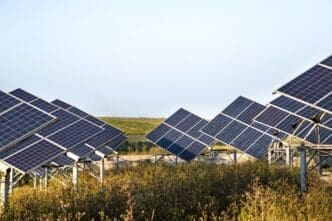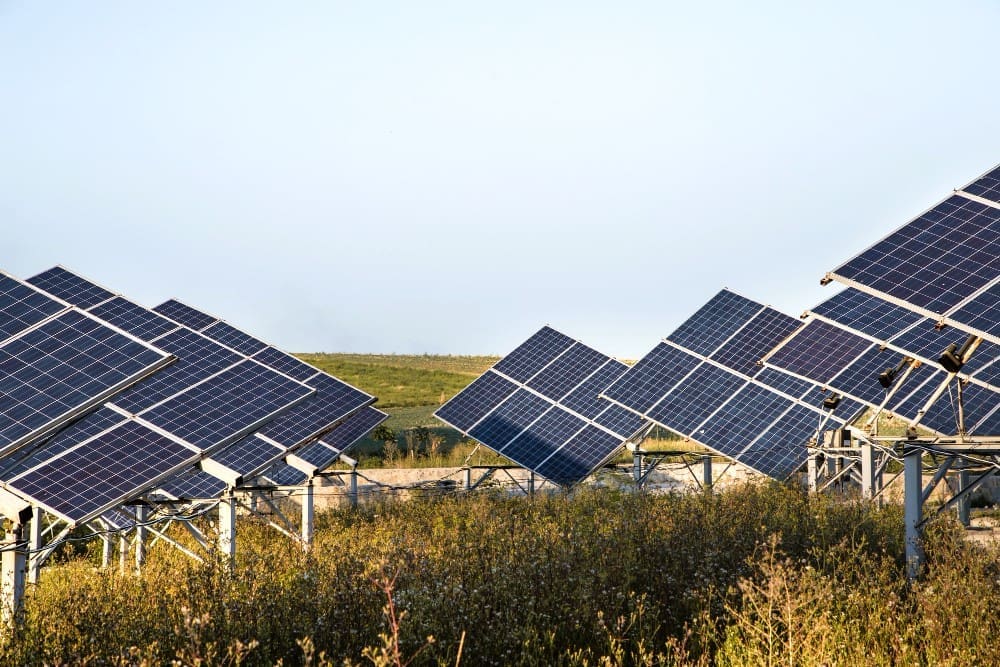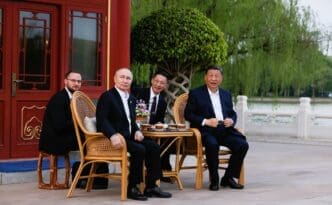The solar industry in Southeast Asia is under significant strain as the United States, led by President Donald Trump, is set to impose hefty tariffs on solar panel imports from Thailand, Cambodia, Vietnam, and Malaysia. These tariffs, ranging from 375 to over 3,500 percent, are being introduced in response to allegations of unfair trade practices by Chinese-owned factories in the region. This move threatens the viability of Southeast Asia’s solar export sector, which constitutes around 80 percent of the solar products sold in the U.S.
The impact of these tariffs is already being felt. For instance, Chonlada Siangkong, an employee at a solar cell factory in Rayong, Thailand, lost her job following the factory’s closure. The facility, managed by Standard Energy Co., a subsidiary of Singaporean solar giant GSTAR, shut down in anticipation of the tariffs. The abrupt halt in operations has left many workers, like Chonlada, facing uncertain futures.
U.S. officials argue that Chinese producers have been using Southeast Asian countries as a conduit to avoid tariffs on Chinese goods, flooding the U.S. market with cheap solar panels and harming domestic businesses. Companies such as Jinko Solar, Trina Solar, and others with operations in the region have been identified as major offenders.
Solar Shutdown?
A Dominant Supplier Under Threat
Southeast Asia’s Share of US Solar Supply (2024)
Projected Impacts of Tariffs
Cost & Deployment Effects on U.S. Solar
Immediate Fallout in Southeast Asia
Future Outlook & Potential Adaptations
The repercussions of this trade policy extend beyond individual job losses. Ben McCarron, a risk consultancy director, suggests these tariffs could lead manufacturers to move their operations out of Southeast Asia entirely. The region’s contribution to U.S. solar imports in 2024 was significant, and the introduction of these tariffs could push companies to reconsider their presence there.
China has been a major investor in Southeast Asian clean energy projects, injecting billions into countries like Thailand, Malaysia, and Vietnam. The American Alliance for Solar Manufacturing Trade Committee, a key proponent of the tariff increase, argues that these measures are necessary to counteract China’s market advantages.
The potential fallout includes a slowdown in Southeast Asia’s solar exports, which could, paradoxically, invigorate domestic markets if governments seize the opportunity to enhance local solar initiatives. However, the tariffs could also hamper the U.S.’s transition towards greener energy, raising costs for American consumers.
The solar industry’s future in the region hinges on several factors, including governmental policies and the global clean energy shift. While some experts forecast a bleak outlook, others believe the region could adapt and even thrive in response to these challenges.














